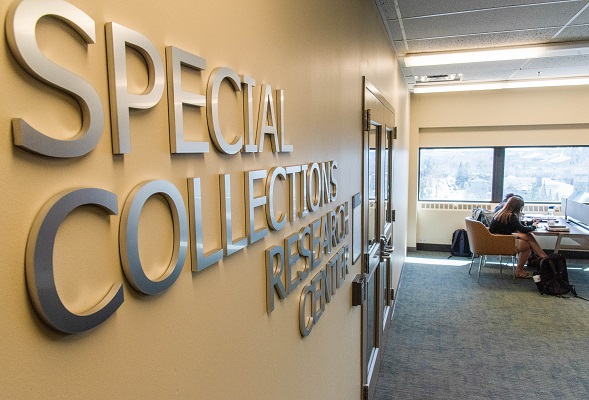Search Results
Manuscripts and Writings
The Manuscripts and Writings series (5 linear feet) is divided into seven subseries distinguished by authorship and document type. The series consists of notes, published and unpublished works of poetry and prose, and supporting materials. Stew and Judy Albert authored manuscripts individually, as co-authors, and as collaborators with others. The bulk of the documentation describes the countercultural movements and significant people of the 1960s-70s, much of it contained within the autobiographical poetry and prose of Stew Albert. More recent writings, in the form of weblog postings by Stew Albert, also make up a considerable portion of the series.
Marcelo Mirisola Papers, 1989-2018 (majority within 1989-2004)
2.01 Linear Feet
The Mirisola Mirisola Papers collection consists of 5 boxes and comprises materials produced during the first 15 years of his career (1989 – 2004). An inventory of the collection was made available by the author.
Marcus Graham Papers, 1936-1974
0.25 Linear feet (1 small manuscript box.)
Marcus Graham was the pseudonym of Shmuel Marcus (1893-?), Rumanian-born editor of the anarchist journal Man!, which was published from 1933 to 1940. His papers include letters from Michael A. Cohen, Frederick J. Gould, Bolton Hall, and Henry J. Stuart, and two essays by Steven T. Byington, "Why is a War?" and "Benjamin Ricketson Tucker," all marked for apparent publication in Man!, a letter from Max Metzkow enclosing an anarchist leaflet about the Homestead Strike circulated shortly before the trial of Alexander Berkman, and a letter from D. Alonso concerning the Comite pro Libertad de Prensa Marcus Graham and translating a Graham pamphlet into Spanish. (http://www.lib.umich.edu/labadie-collection/archives-and-manuscripts-g-l)
Marge Piercy Papers, 1958-2004 (majority within 1966-2003)
54 boxes, 8 oversize boxes, and 3 portfolios (approximately 54 linear feet) — Photographs are found in box 49 and oversize box 4. — Artwork in box 35, oversize box 7, and portfolio 3. Videotapes in box 54. (DVD copies are available.) — Audio material is in boxes 50-53. — Printed material is in boxes 46 and 47. Published books and serials have been cataloged separately.
The Marge Piercy Papers were deposited with the Special Collections Library by the author in 1987. Since then, she has continued to make frequent additions to the collection. The collection offers insight into Piercy’s literary career from the late 1950s through the present, primarily by way of manuscripts of nearly all of her works, present in early drafts through to production stages. Audiovisual material, photographs, artifacts, and artworks supplement the picture.
Besides documenting the professional life of one of America’s leading feminist writers and activists, the collection offers a glimpse at the literary magazine publishing scene of the 1960s and following, particularly the feminist presses and magazines (such as CALYX and 13th Moon) which Piercy wrote for and championed. Correspondence with other poets and writers, as well as to fans, reveals Piercy’s development as a writer, her views on important issues, and her influence on others. The collection also steps beyond the literary world (mainly through correspondence) to show Piercy’s collaborations with and support of artists, musicians, and activists (especially women in these fields)--thus reinforcing the fundamental connection for Piercy between her writing and all other aspects of her life.
With roughly fifty-four linear feet of materials, the Marge Piercy papers are divided into eight series: Writings; Correspondence; Other Activities; Personal; Ephemera; Works by Others; Photographs and Negatives; and Audiovisual. Researchers should note that books and serial publications by or from Piercy have been separated from the collection and cataloged individually.
Maria C. Lanzar-Carpio Papers, 1928
.25 Linear Feet (1 small manuscript box (less than .5 linear feet))
These four items include a typescript carbon copy of Maria C. Lanzar-Carpio's doctoral dissertation, titled "The Anti-Imperialist League" (University of Michigan, 1928), and three letters to Lanzar-Carpio.
